Earlier this spring I discovered a fire blight infection oozing orange goo from a previous pruning cut on a Lodi apple tree. This was during our "early spring" this year. A storm was approaching, so I cut out the branch and burned it (it was a snow storm that was coming in so the wood stove was still going). I have been keeping an eye on this tree, and think it may have further fire blight infections. But I an not sure, and I have a few questions.
First I have done my homework on the web (I think), and looked at many pictures of fire blight on apples. Unfortunately (or maybe fortunately) in my location, our dry weather does not make for good fire blight conditions. I don't think I have ever seen the typical hooked shoot die back that most have. Further complicating things is this particular tree went through a wild fire two years ago (the 4 Mile Fire outside of Boulder 2010). It got very hot in places in the orchard (scorched bark even some apples baked on the tree). This tree had several branches removed after the fire, but I left some branches which showed minimal fire damage but looked like they would survive. So there are some "burnt areas" on the bark which are from the fire and not from a fire blight infection.
Perhaps I should have pruned more ruthlessly after the fire and removed any and all damaged branches, but doing so would probably have lost the tree. As it is, this tree is growing well, it has set some fruit this year, and if I had not noticed the earlier oozing, I probably would not have thought anything wrong with this tree.
After doing more research on fire blight, I took another look at this tree. It had several areas that I thought might be fire blight cankers. So today I pruned out those branches to stubs, thinking I will finish the pruning job later this winter after blight season. I sealed the branch ends with pruning paint, mostly to keep any bacteria sealed in, and I figured that the pruning paint will be gone once the pruning job is completed.
I've attached a pic of the "cankers" which I removed. I'd appreciate it if someone could tell me if these do indeed look like fire blight cancers or not (these are old enough to be pre-fire).
One other thing I noticed was that on the pruning cuts of larger branches (1" diameter or more) the central core of the old wood was a darker color (brown) than the rest of the the old wood. I was wondering if this is normal for apples or is a sign of fire blight infection.
My last question is how can I tell the difference between fire damaged bark and fire blight infected bark? Any sure fire (pun intended) ways other than waiting for ooze?
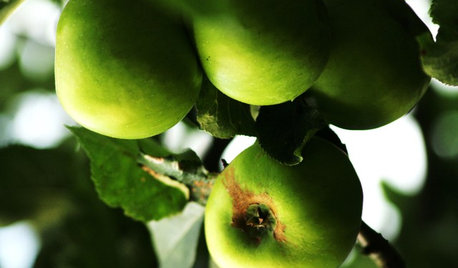
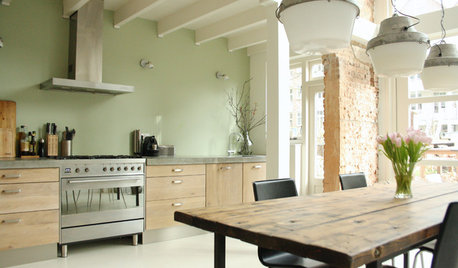
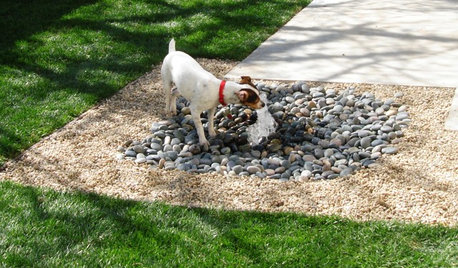



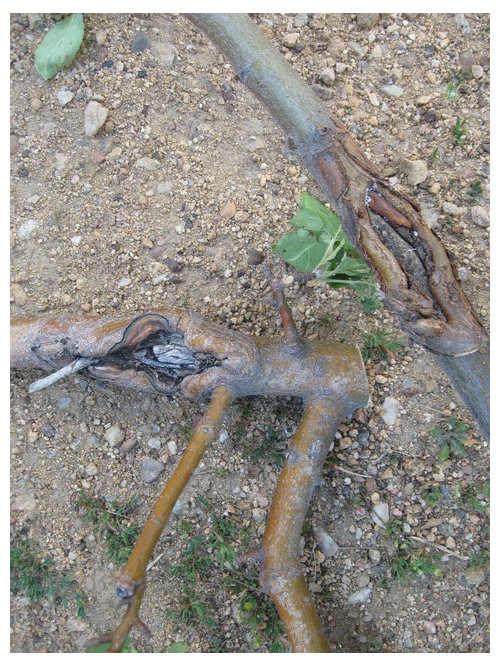
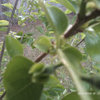

steve333_gwOriginal Author
myk1
Related Discussions
fire blight or?
Q
Fear and loathing: fire blight?!?!? Help!
Q
fire blight?
Q
Havent had fire blight yet, but
Q
lucky_p